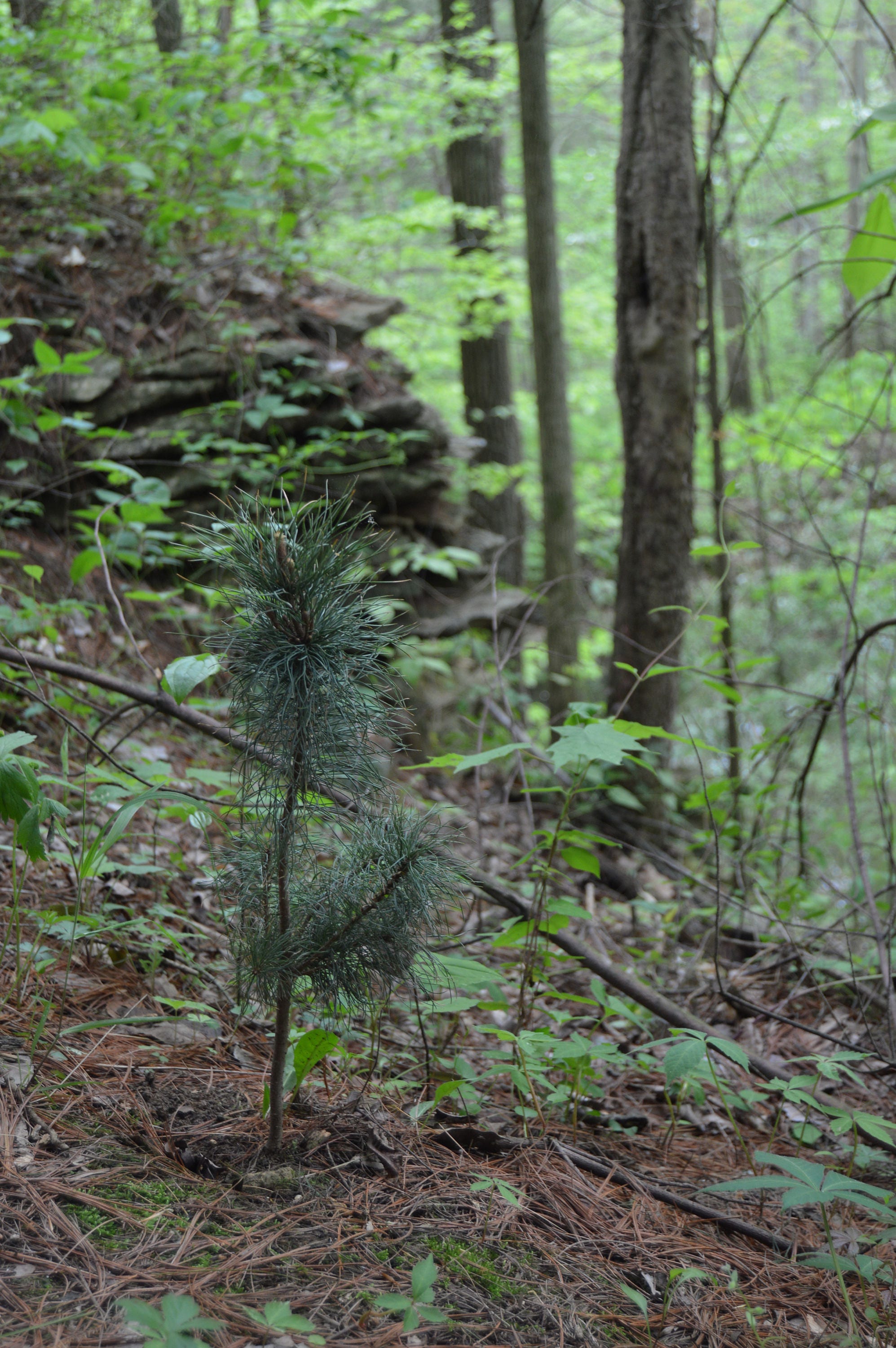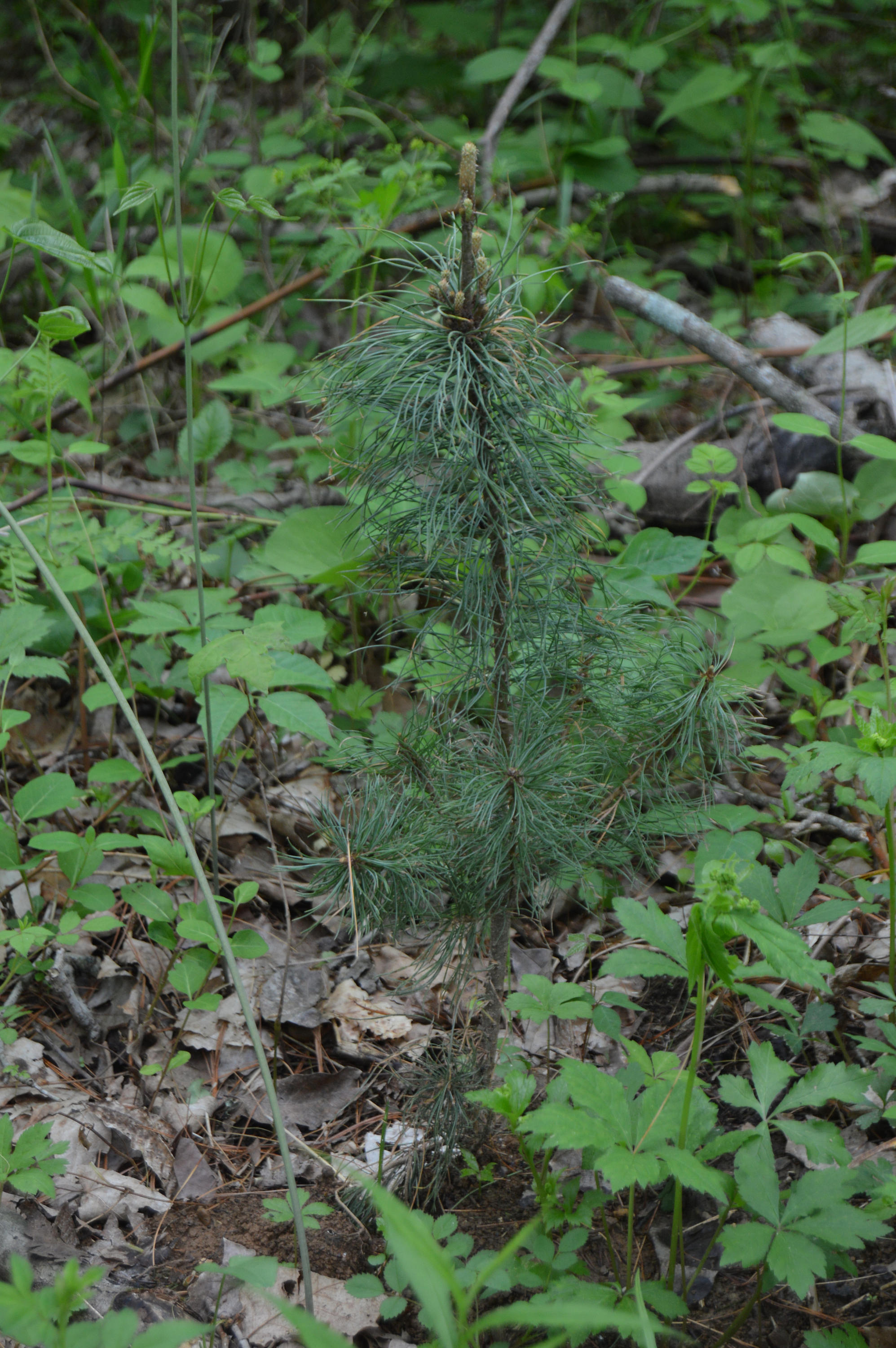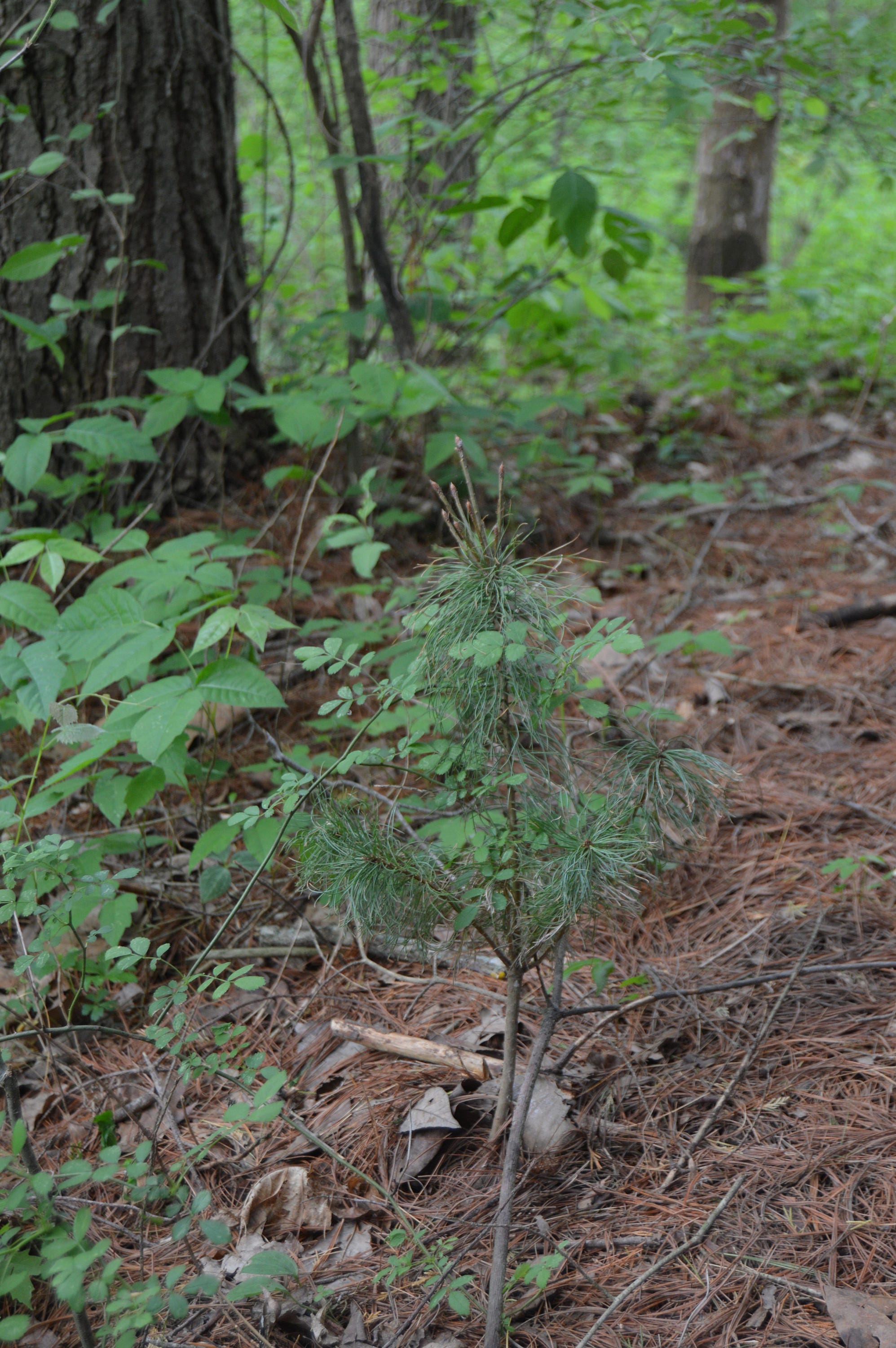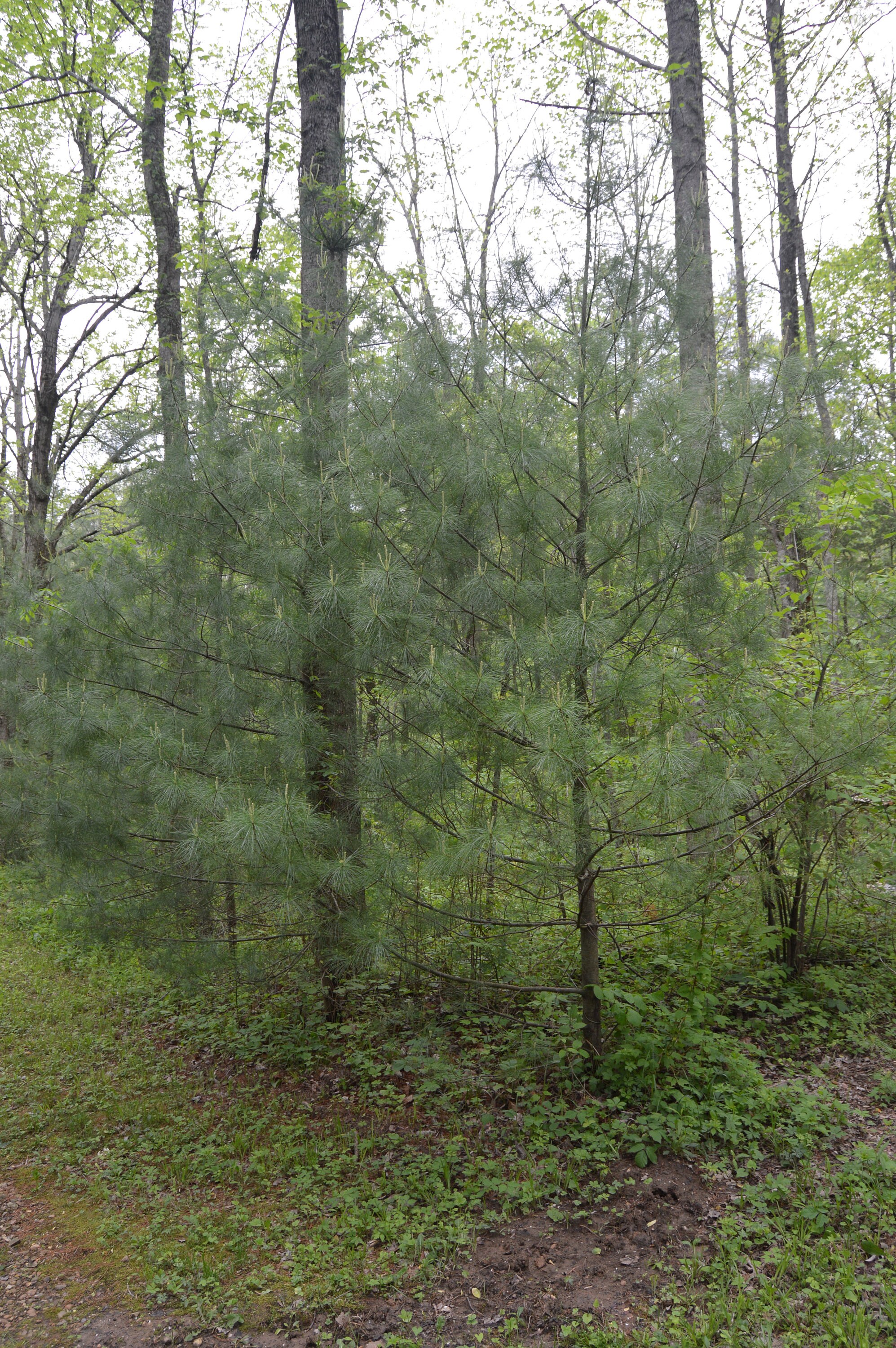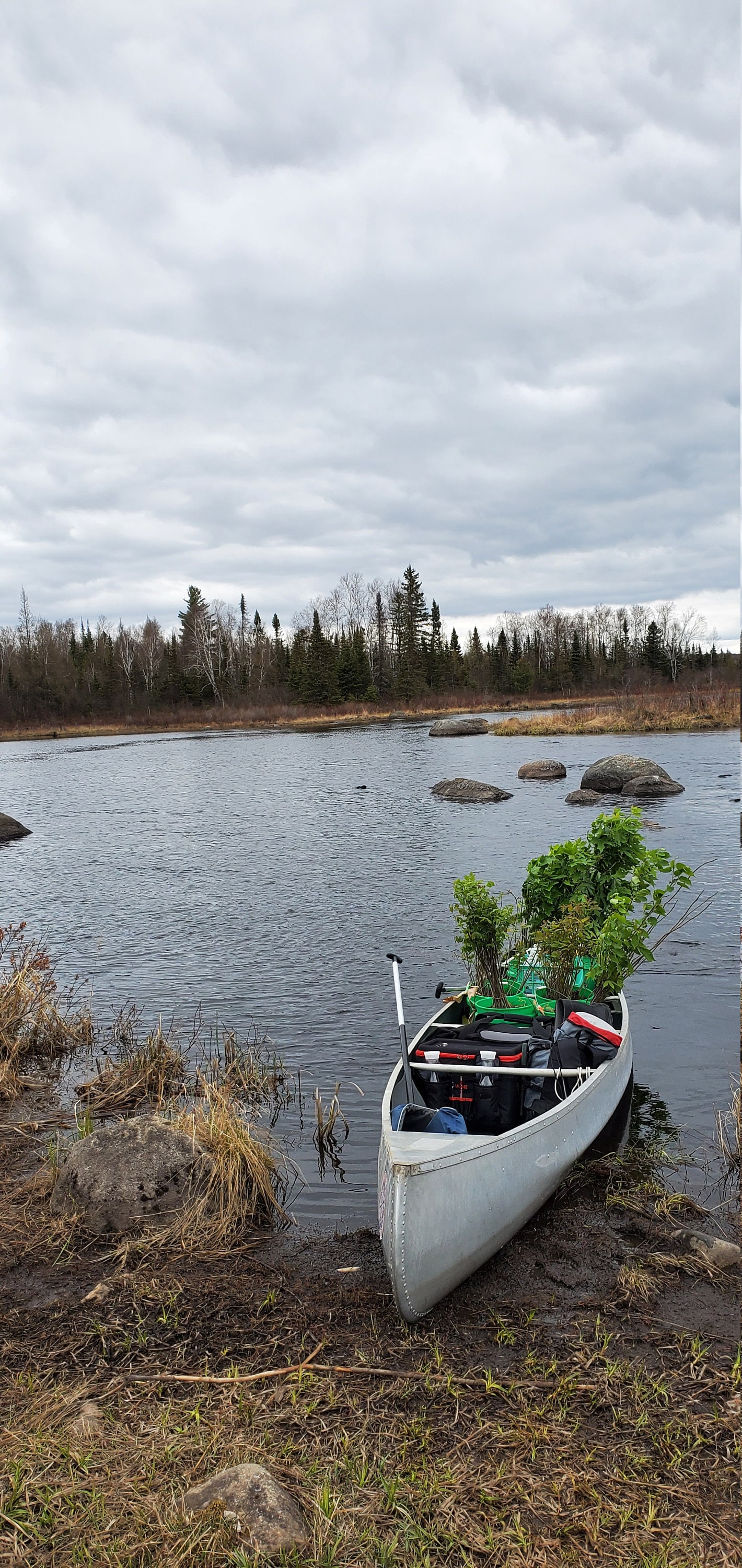Planting Trees for the Future, custom sleek industrial
$15.00
Upgrade your furniture with these sleek and modern aluminum table legs. Crafted with quality materials, these legs are durable and stylish, perfect for DIY projects or home renovations. Add a contemporary touch to your space with these versatile table legs.
Whether you need table legs for a coffee table, stone table, kitchen island, wooden desk, or dining table, my metal table legs offer clean looking, contemporary style. If you have questions about using my metal table legs, let me know, as I have helped guide thousands of DIY table leg projects.
(If you would like to make large, or tax deductible donation, then we can set up a custom "order" donation through my not-for-profit 501 c 3.)
It is important that you know these trees are part of my Assisted Migration of Trees for Carbon Sequestration and Biodiversity Research Project through my Wild Places Initiative, a partnership between HandMadeLegs and my not for profit, the Byers Foundation.
In this project, which I fund, I am planting trees in the wetlands of northern Minnesota where climate change is heavily impacting tree populations and peat bog carbon uptake. The tree species being planted are from more southern plant hardiness zones. Right now I am focused on growing (some species are experimental, but I plant extra):
persimmon, paw-paw, white oak, swamp white oak, shagbark hickory, black hickory, red cedar, hackberry, wild black cheery, sycamore, silver maple, walnut, and chestnut
I am assisting the migration of trees northward, effectively planting trees that will be more likely to survive the long term effects of climate change and the consequential northern shift of plant hardiness zones. The trees, being strategically planted in and around peat bogs, will help offset carbon emissions due to peat lands shifting from carbon sinks to carbon emitters. Planting these trees now, while there are still healthy mother trees in the area (though their numbers are declining from insect damage), and continually planting every year after, allows the trees to find their own way into the natural forest system like any seedling does. This helps grow the forest boundary into the peat lands as nature allows. Ultimately, this supports biodiversity and strengthens the ecosystem as a whole, reducing the chances for species collapse and the the need for large scale regenerative practices. This is crucial for helping create a resilient network of trees of different ages rather than one mass planting at a later date. If you don't know, trees support each other through their root system (mycelium network), literally sharing nutrients and communicating with each other about pests and other threats. Planting trees in already robust root systems (mature forests) means greater resiliency rather than cutting down a Forrest or letting a forest become decimated by insect damage, and planting a bunch of seedlings that can't communicate with each other.
Ten EXTRA trees will be planted to offset the finishing of your table.
I will plant ten EXTRA trees for you; you will NOT receive a physical tree.
You may want to purchase EXTRA trees in order to offset the varnish that you use, or because your table top is made from a lumber product or is a live edge slab cut from an old-growth tree.
All of my table legs that I make are already carbon neutral because of my tree planting program (described below), and now you can add EXTRA trees for me to plant on your behalf.
You will receive a certificate for my promise to order, plant, and nurture an additional tree purchased through my state's carbon sequestration forestry program or started on my farm from collected seed.
***How does the tree planting program work?
Even though my studio is located on 30 acres of mature forest, I want to ensure that I am helping to build a better, cleaner future. As such, I will plant one (1) tree for every order that I fulfill. Though trees take some years to really start absorbing carbon, this will ensure that a balance is maintained from my humble studio (I do not have any climate control).
Because spring is the best time to plant trees, I count all orders and plant the trees at one time. We round up a few school kids and have them help us plant trees at needed locations in our community. This rages from local county parks, private properties, to state forests. You will get a small certificate with your order as a commitment on my part! Depending on volume, I may pay the state to plant some trees on my behalf.
FYI: A typical set of table-height legs produces about 20 lbs of CO2 in production. My forest absorbs about 400 lbs. of CO2 per acre, per year, or 12,000 lbs per year. The tree planting program will ensure that this not only continues, but increases every year. So really, your legs are produced CO2 negative!
Digital downloads
File delivery
Your files will be available to download once payment is confirmed.
Payment Options
Returns & Exchanges
I gladly accept cancellations
Privacy policy
This Privacy Policy describes how and when I collect, use, and share information when you purchase an item from me, contact me, or otherwise use my services through Etsy.com or its related sites and services.
This Privacy Policy does not apply to the practices of third parties that I do not own or control, including Etsy or any third party services you access through Etsy. You can reference the Etsy Privacy Policy to learn more about its privacy practices.
Information I Collect:
To fulfil your order, you must provide me with certain information (which you authorized Etsy to provide to me), such as your name, email address, postal address, payment information, and the details of the product that you’re ordering. You may also choose to provide me with additional personal information (for a custom order for example, details about your project), if you contact me directly.
Why I Need Your Information and How I Use It
I rely on a number of legal bases to collect, use, and share your information, including:
- as needed to provide my services, such as when I use your information to fulfill your order, to settle disputes, or to provide customer support;
- when you have provided your affirmative consent, which you may revoke at any time, such as by signing up for my mailing list;
- if necessary to comply with a legal obligation or court order or in connection with a legal claim, such as retaining information about your purchases if required by tax law; and
- as necessary for the purpose of my legitimate interests, if those legitimate interests are not overridden by your rights or interests, such as 1) providing and improving my services. I use your information to provide the services you requested and in my legitimate interest to improve my services; and 2) Compliance with the Etsy Seller Policy and Terms of Use. I use your information as necessary to comply with my obligations under the Etsy Seller Policy and Terms of Use.
Information about my customers is important to my business. I share your personal information for very limited reasons and in limited circumstances, as follows:
Etsy. I share information with Etsy as necessary to provide you my services and comply with my obligations under both the Etsy Seller Policy and Etsy Terms of Use.
Service providers. I engage certain trusted third parties to perform functions and provide services to my shop, such as delivery companies. I will share your personal information with these third parties, but only to the extent necessary to perform these services.
Business transfers. If I sell or merge my business, I may disclose your information as part of that transaction, only to the extent permitted by law.
Compliance with laws. I may collect, use, retain, and share your information if I have a good faith belief that it is reasonably necessary to: (a) respond to legal process or to government requests; (b) enforce my agreements, terms and policies; (c) prevent, investigate, and address fraud and other illegal activity, security, or technical issues; or (d) protect the rights, property, and safety of my customers, or others.
Data Retention
I retain your personal information only for as long as necessary to provide you with my services and as described in my Privacy Policy. However, I may also be required to retain this information to comply with my legal and regulatory obligations, to resolve disputes, and to enforce my agreements. I generally keep your data for the following time period: 4 years.
Transfers of Personal Information Outside the EU
I may store and process your information through third-party hosting services in the US and other jurisdictions. As a result, I may transfer your personal information to a jurisdiction with different data protection and government surveillance laws than your jurisdiction. If I am deemed to transfer information about you outside of the EU, I rely on Privacy Shield as the legal basis for the transfer, as Google Cloud is Privacy Shield certified.
Your Rights
If you reside in certain territories, including the EU, you have a number of rights in relation to your personal information. While some of these rights apply generally, certain rights apply only in certain limited cases. I describe these rights below:
Access. You may have the right to access and receive a copy of the personal information I hold about you by contacting me using the contact information below.
Change, restrict, delete. You may also have rights to change, restrict my use of, or delete your personal information. Absent exceptional circumstances (like where I am required to store data for legal reasons) I will generally delete your personal information upon request.
Object. You can object to (i) my processing of some of your information based on my legitimate interests and (ii) receiving marketing messages from me after providing your express consent to receive them. In such cases, I will delete your personal information unless I have compelling and legitimate grounds to continue using that information or if it is needed for legal reasons.
Complain. If you reside in the EU and wish to raise a concern about my use of your information (and without prejudice to any other rights you may have), you have the right to do so with your local data protection authority.
How to Contact Me
For purposes of EU data protection law, I, Darrick Byers, am the representative of HandmadeLegs a Doing Business As name for Crystalla Corp, and I am the data controller of your personal information. If you have any questions or concerns, you may contact me at drrckbyers@gmail.com. Alternately, you may mail me at:
72 Salzburg Blvd
Apt J
Columbus, IN 47201
Frequently Asked Questions
Is aluminum as strong as steel?
Yes. These legs are VERY STRONG. They are made from architectural grade tubing with a wall thickness of 1/8". There is not any flex along the length of the metal. I have stood on tables made from these legs and they do not wobble or bend in any way. A comparable leg in steel would be much thinner in wall thickness, but would have very similar strength. The best part is aluminum will never rust!
Are these legs welded?
No. Welding is against my philosophy as a designer and maker. I think welding is too energy intensive and I don't care for the look of welds, especially on the inside corners of legs where it looks like hot glue. My legs are constructed with industry-standard furniture fasteners, which are just as strong as welding, but easier on the environment.
What is the foot on the leg?
My standard legs include black, abs, load-bearing end caps to protect your floors. My end caps are designed to take the weight of table legs so the plastic will not get smashed.
I also have a leveler feet add on, which allows up to 1/2" variation in leg height, here:
https://www.etsy.com/listing/260727742/
https://www.etsy.com/listing/287323147/
I also have a caster feet upgrade here:
https://www.etsy.com/listing/928473921/
How do I attach my new legs to my table top?
Each leg has a 4" wide mounting plate with four (4), 5/16 diameter holes (one in each corner) (wider legs have 6 holes with 2 of them at the half-way point).
The leg is centered on the long axis of the mounting plate and is flush with each short side.
Screws are not included because each table top varies in material and thickness.
I offer an heirloom-quality install kit here (for wooden tops):
https://www.etsy.com/listing/544512521/
How do you finish your table legs?
All of my leg styles come in a natural aluminum finish (which you can paint yourself or leave as is), or are expertly finished in my studio. Most are expertly coated with a smooth, baked-on powder-coated finish that is scratch resistant and very durable. When compared to other leg makers, who use spray-painted enamel with harmful chemicals, my powder coating is thicker and tougher than spray paint, doesn't smell when you open the box, and powder coating is VOC-free, which is very important for keeping the air clean.
I also offer a hand-brushed finish, offering a soft, natural look. Each leg is sealed with a specially formulated, solvent-free bees' wax polish; I make the polish myself so I know it is 100% free from chemicals.
I see lots of steel legs for sale. Why do you use aluminum?
I think these are much more beautiful than welded-steel legs because they have very nice, crisp edges. Steel tubing has rounded edges, which gives more of an unfinished look (in fact many are sold unfinished because they're hard to clean and prep for painting!!). I use aluminum because of the perfectly square, contemporary look. Another big reason: Aluminum will never rust! Finally, aluminum is lighter to ship and I believe it is more environmentally friendly, being cleaner to produce and work with. My aluminum is produced using electricity sourced from sustainable sources, while all steel is melted and produced using coal.
How does the tree planting program work?
I plant 1 tree for each order. I also pay the Arbor Day Foundation to plant 1 additional tree for each order in a national forest of need. Tress are planted the following spring after each calendar year. My studio is built from a reclaimed barn, and is located on 30 acres of forest. I also own a protected 43 acre parcel in the boundary waters canoe area. Trees are planted both in Indiana and in Minnesota.
A typical set of table-height legs produces about 20 lbs of CO2 in production. My forest absorbs about 400 lbs. of CO2 per acre, per year, or 12,000 lbs per year. The tree planting program will ensure that this not only continues, but increases every year.
I also purchase 200% of my electricity consumption from sustainable sources.

